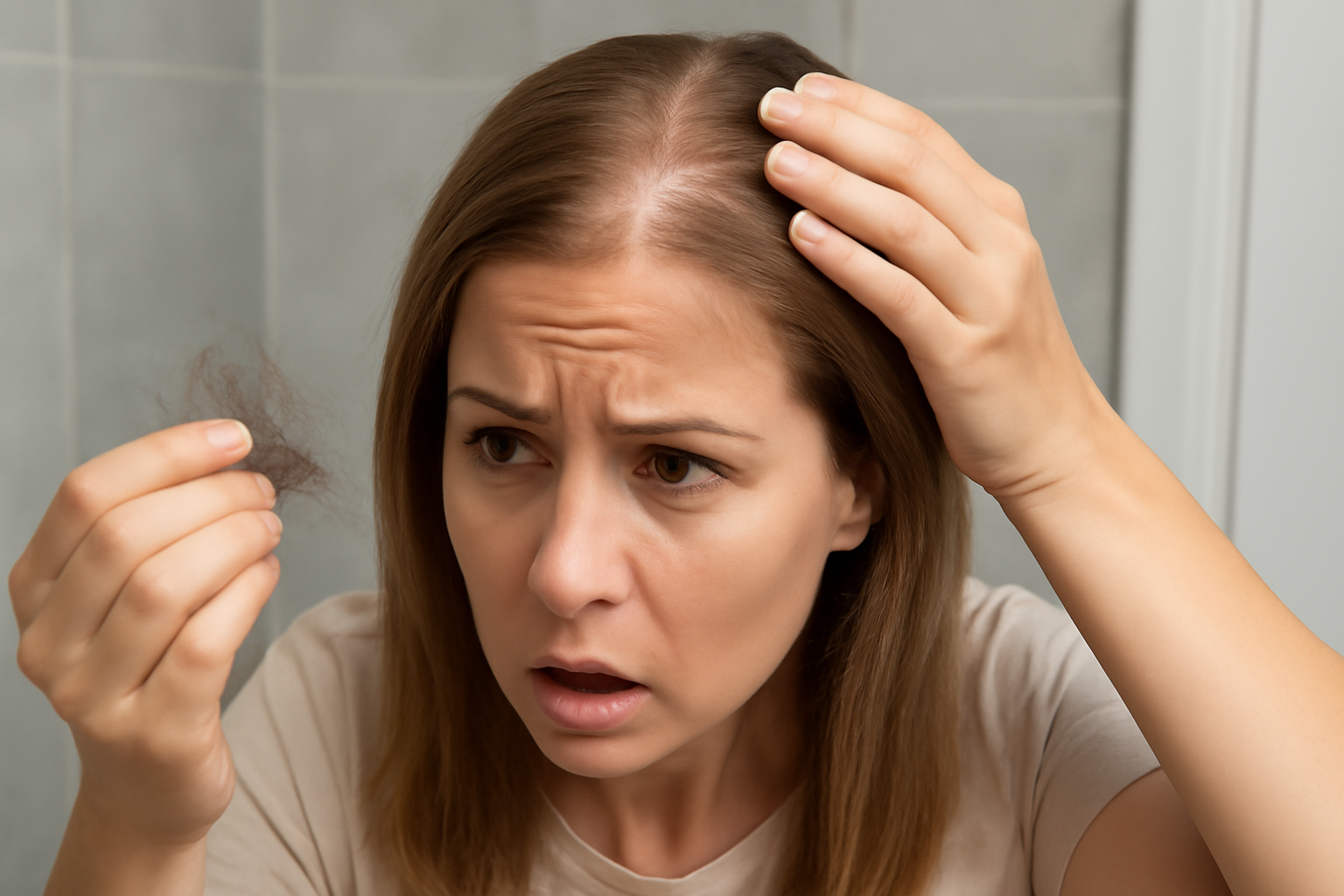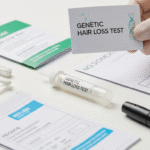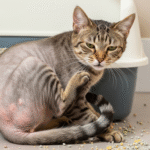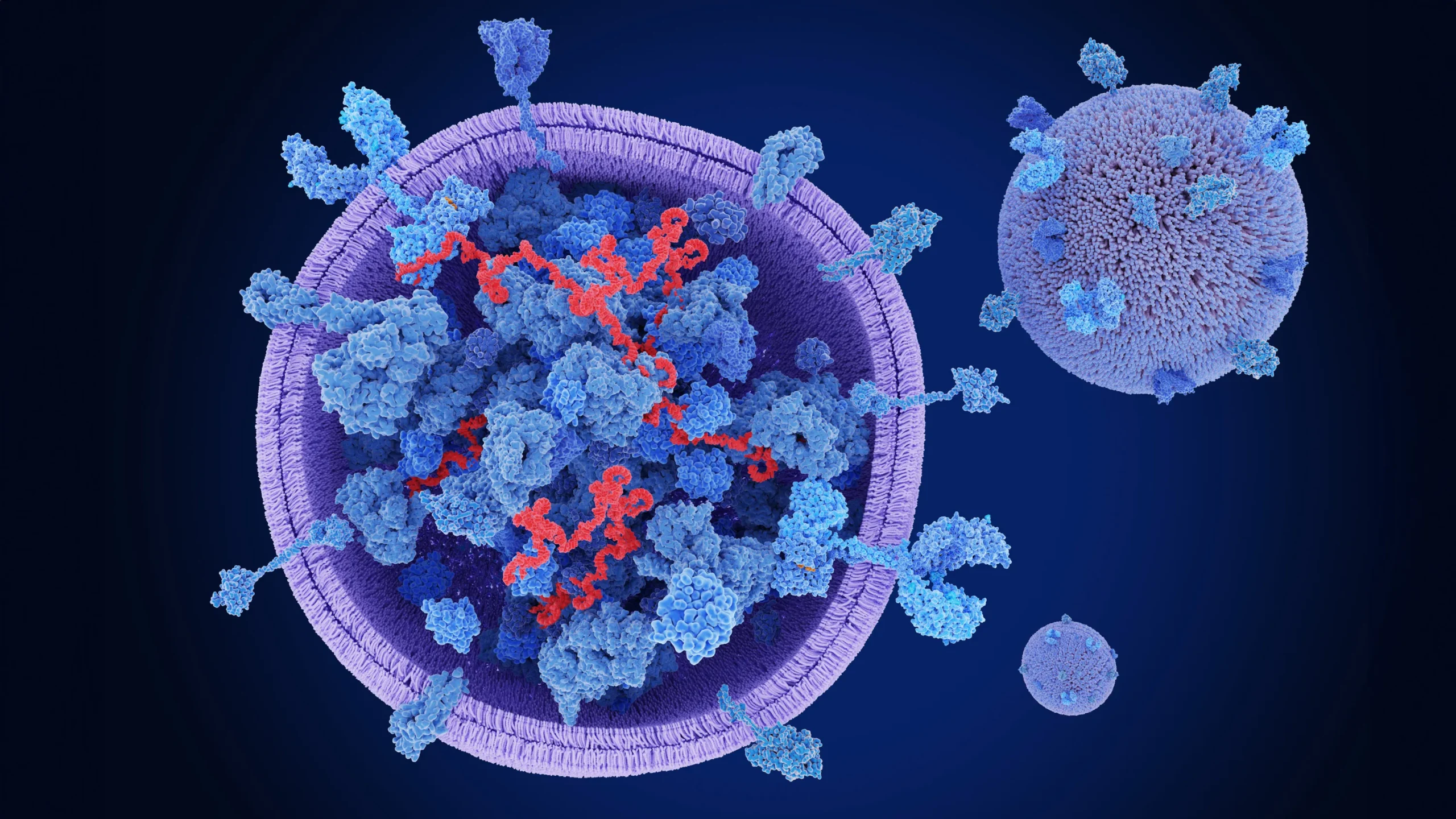Facing chemotherapy can be overwhelming—add hair loss to the mix, and it’s even more daunting. FOLFOX and hair loss is a common worry among colorectal cancer patients receiving this regimen. In this article, you’ll discover when hair thinning starts, how much loss to expect, and effective coping strategies—all backed by oncologist-reviewed insights—so you can feel …
Facing chemotherapy can be overwhelming—add hair loss to the mix, and it’s even more daunting. FOLFOX and hair loss is a common worry among colorectal cancer patients receiving this regimen.
In this article, you’ll discover when hair thinning starts, how much loss to expect, and effective coping strategies—all backed by oncologist-reviewed insights—so you can feel prepared and supported throughout treatment.

Understanding FOLFOX and Hair Loss Occurs
FOLFOX combines folinic acid, 5‑fluorouracil (5‑FU), and oxaliplatin. These powerful chemo agents target fast-growing cells—like cancer cells, but also hair follicle cells. This causes a condition known as telogen effluvium, where follicles prematurely enter the resting phase and shed simultaneously.
This isn’t cancer spreading to hair; it’s the effect of chemo on rapidly dividing cells—a medically recognized phenomenon.
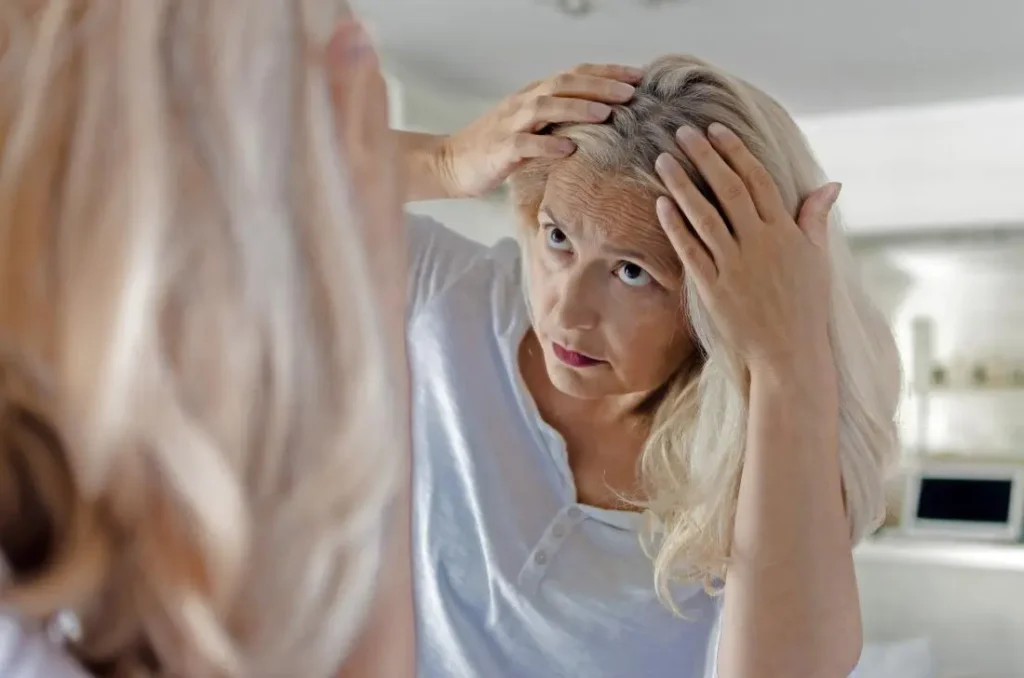
How Common Is Hair Loss with FOLFOX?
Although complete baldness is less common than with some regimens, many patients experience notable thinning.
- Estimated frequency: Around 10–20%, though some sources report even higher rates.
- Anecdotal evidence from patient forums:
- One wrote, “I had two rounds of FOLFOX… first round hair got thin and wispy… second round lost over 90% of it.”
- Another shared, “My hair did thin a little but not that most people noticed… eyelashes and eyebrows stayed intact”
Individual factors—such as dosage, cycle number, and baseline hair density—affect how severely hair loss occurs.
When Hair Loss Begins and Regrowth Timeline
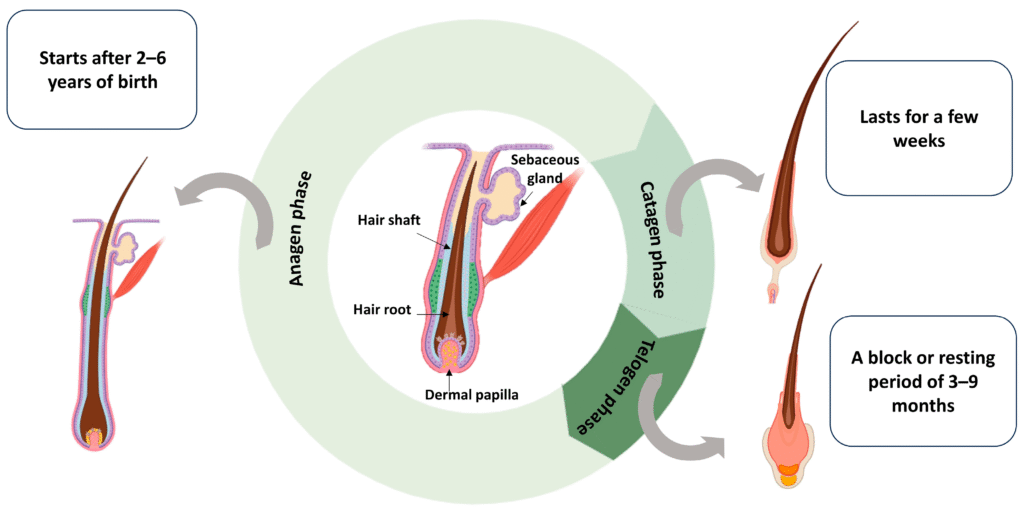
- 1–2 cycles (2–4 weeks in): Patients typically notice initial hair thinning during or after the second chemo cycle.
- Month 2: Hair loss often peaks.
- Week 6: Regrowth usually begins.
- 3–6 months after treatment ends: Most people see full regrowth, though texture or color may differ slightly
Visual aid suggestion: Use an infographic to illustrate hair loss onset and regrowth phases.
Coping Strategies and Hair Care Tips During FOLFOX
FOLFOX and Hair Loss: Gentle Hair Care
- Use mild, sulfate-free shampoos and conditioners.
- Opt for a shorter haircut to minimize shedding and maintain scalp health.
- Sleep on silk or satin pillowcases to reduce friction stress
FOLFOX and Hair Loss: Scalp Cooling
Also known as cold-cap therapy, scalp cooling reduces scalp blood flow, potentially protecting follicles from chemotherapy damage.
- Effectiveness: A 2015 meta-analysis found a ~62% reduced risk of hair loss with cooling caps during chemotherapy
- Suitability: More effective for taxane-based regimens than anthracyclines
- Side effects & accessibility: Can cause cold discomfort or headache; not always available.
FOLFOX and Hair Loss: Lifestyle Support
- Stay nutritionally balanced—focus on protein, vitamins, iron, and zinc.
- Explore headwear for style or warmth—wigs, scarves, caps—and get professional fittings.
- Seek emotional support through counseling or cancer groups.
- Consider gentle supplements after consulting your oncologist.
- Pro tip: Avoid heat styling tools, chemical treatments, or tight hair accessories.
Psychological and Emotional Support
Hair loss can profoundly impact identity and emotional well-being. Recognizing it early and preparing emotionally is important. Counselling, wig-fitting sessions, and community support can help.
When to Expect Professional Support for FOLFOX and Hair Loss

Discuss hair loss options with your oncology team before your first FOLFOX session:
- Ask about scalp cooling eligibility
- Request referrals for supportive care services (e.g., wig fitting, mental health support)
- If hair loss is distressing, ask about early interventions for self-esteem and comfort
FAQs
1. Will FOLFOX definitely cause hair loss?
No—some patients experience minimal thinning while others lose most of their hair. Individual factors play a role.
2. Do cold caps work for FOLFOX?
They may help reduce hair loss for about half of patients, particularly when taxane derivatives are used.
3. Will I lose eyebrows and eyelashes?
Less common with FOLFOX, but possible; eyelash/eyebrow loss often follows scalp hair shedding.
4. Is hair loss permanent?
No—hair regrowth typically begins within 6 weeks after treatment, and full regrowth often occurs within 6 months.
5. Can treatments like minoxidil speed regrowth?
There’s limited evidence in the chemo context; discuss options with your dermatologist after treatment ends.
Conclusion
Facing the emotional and physical impacts of hair loss during FOLFOX can be overwhelming—but you don’t have to do it alone.
Book a consultation withDr. Uzma Irfan, an ISHRS-certified surgeon in Islamabad today, for tailored guidance on scalp cooling eligibility, hair care strategies, and emotional support planning. Stay strong, prepared, and supported through every stage of your treatment.

